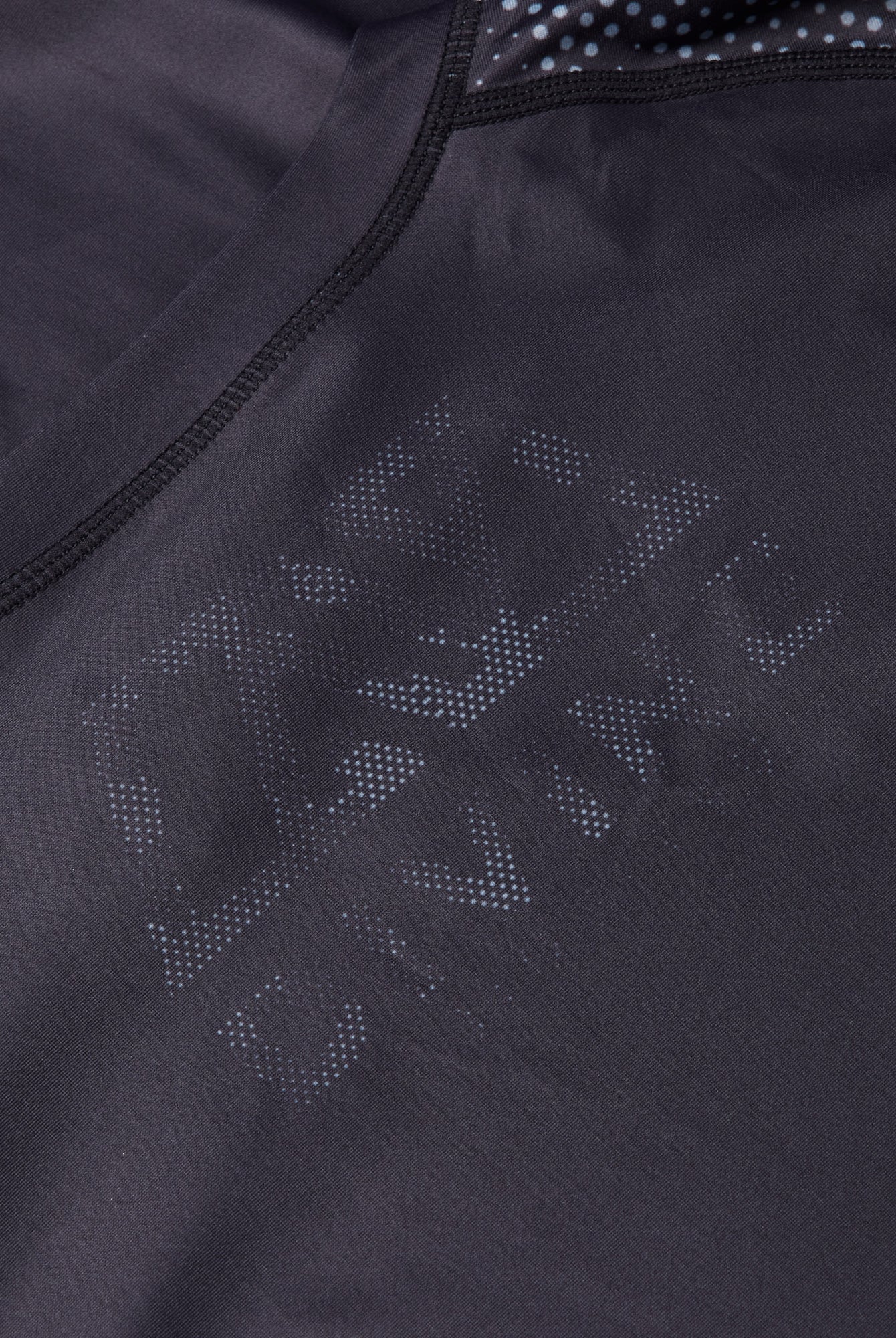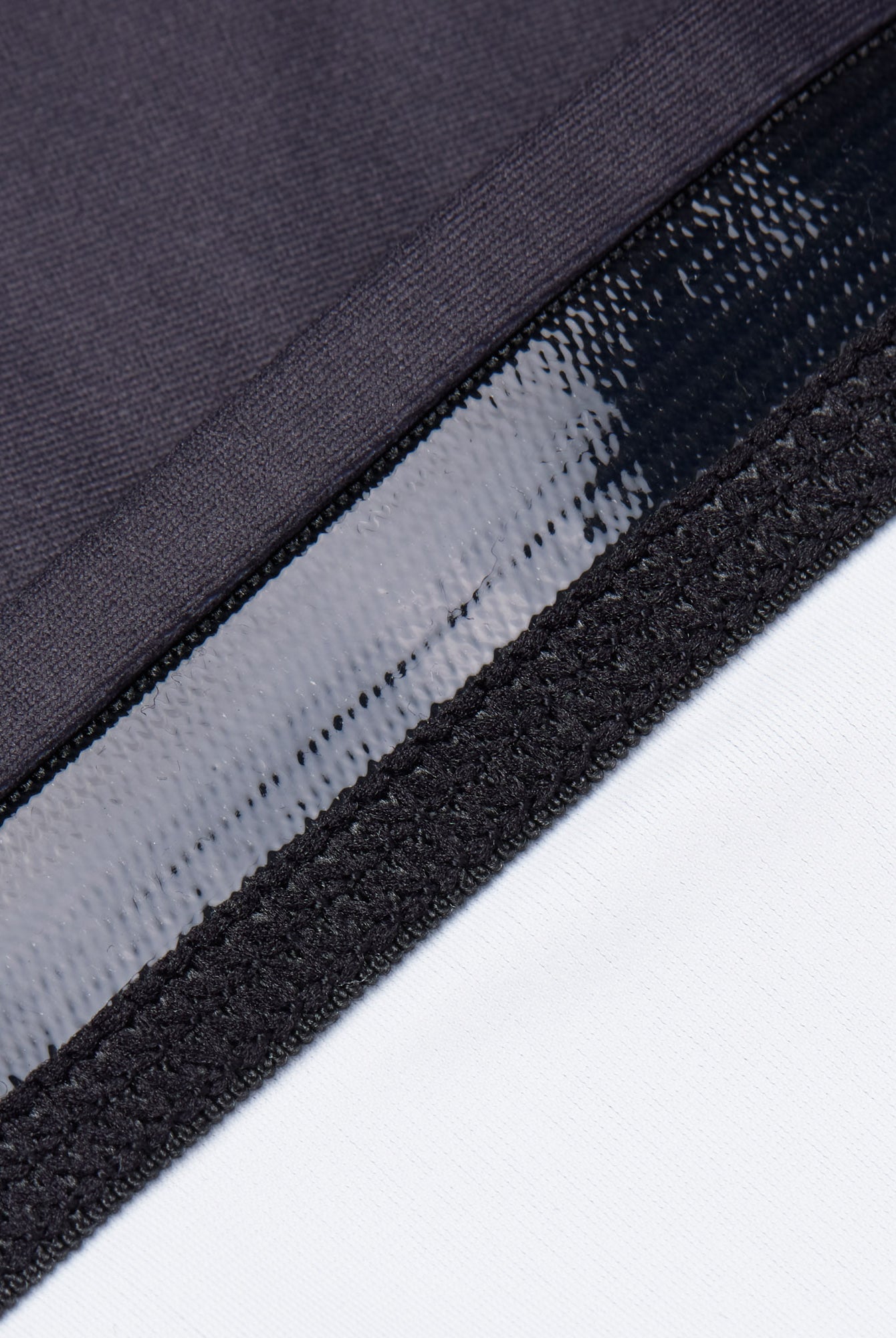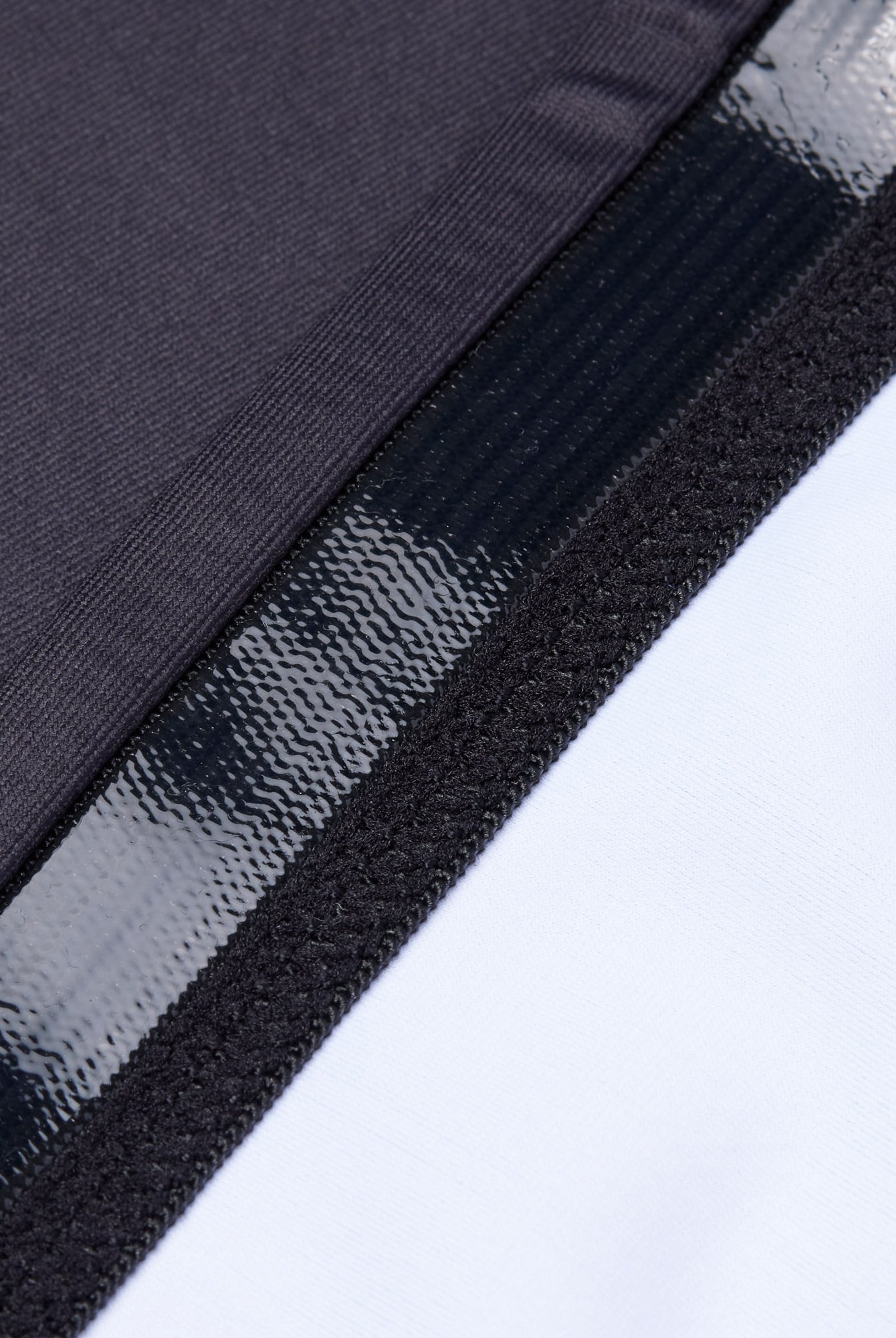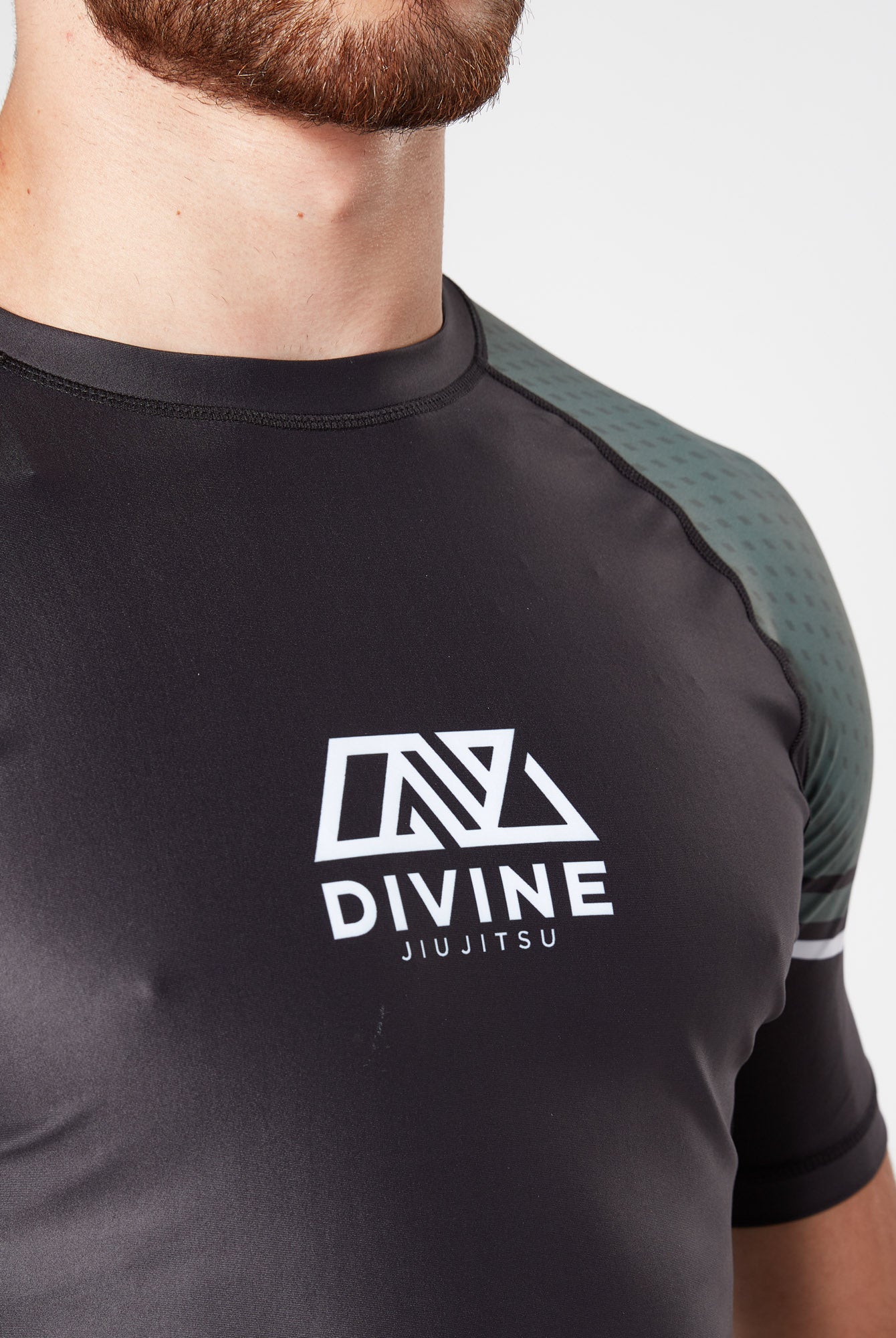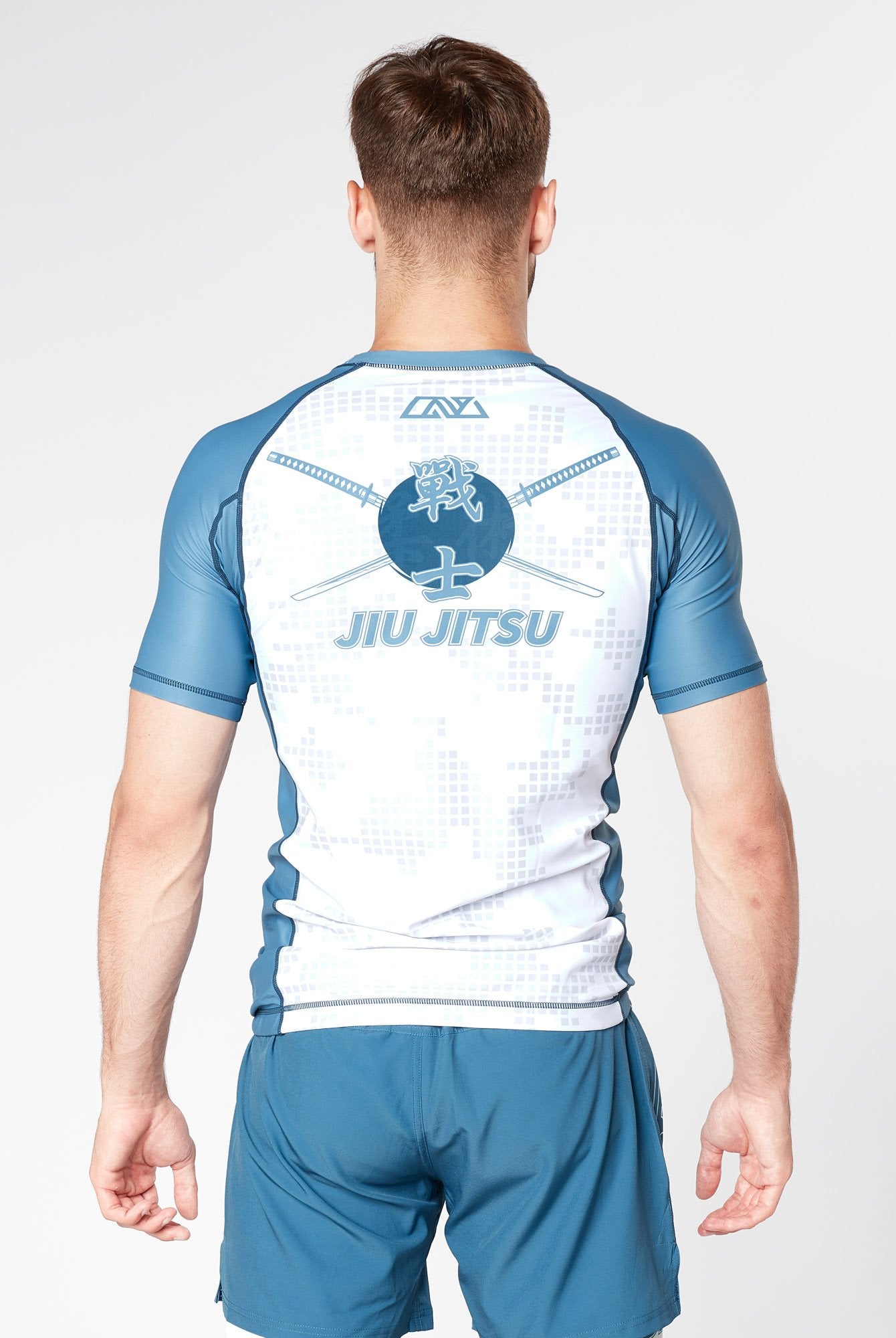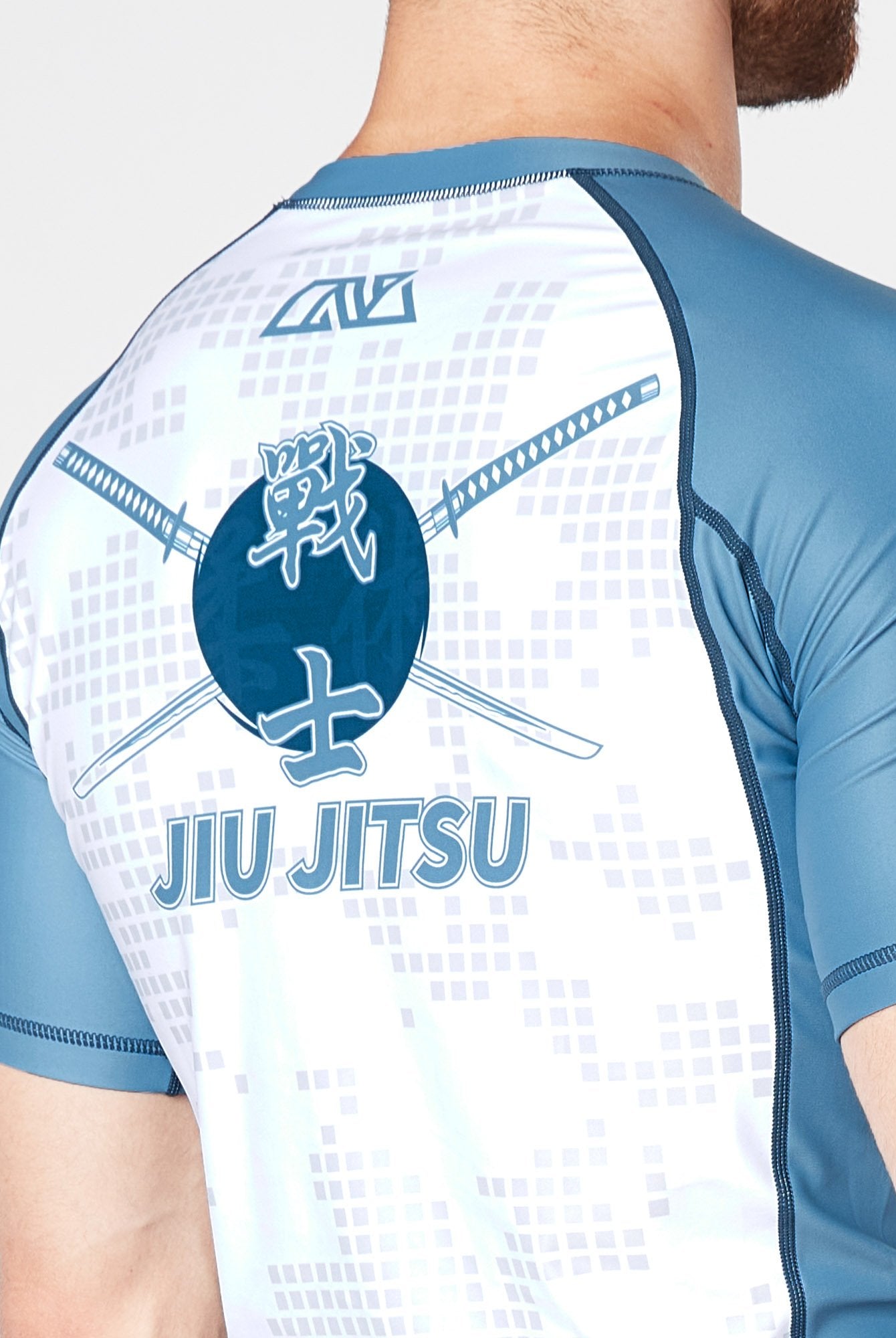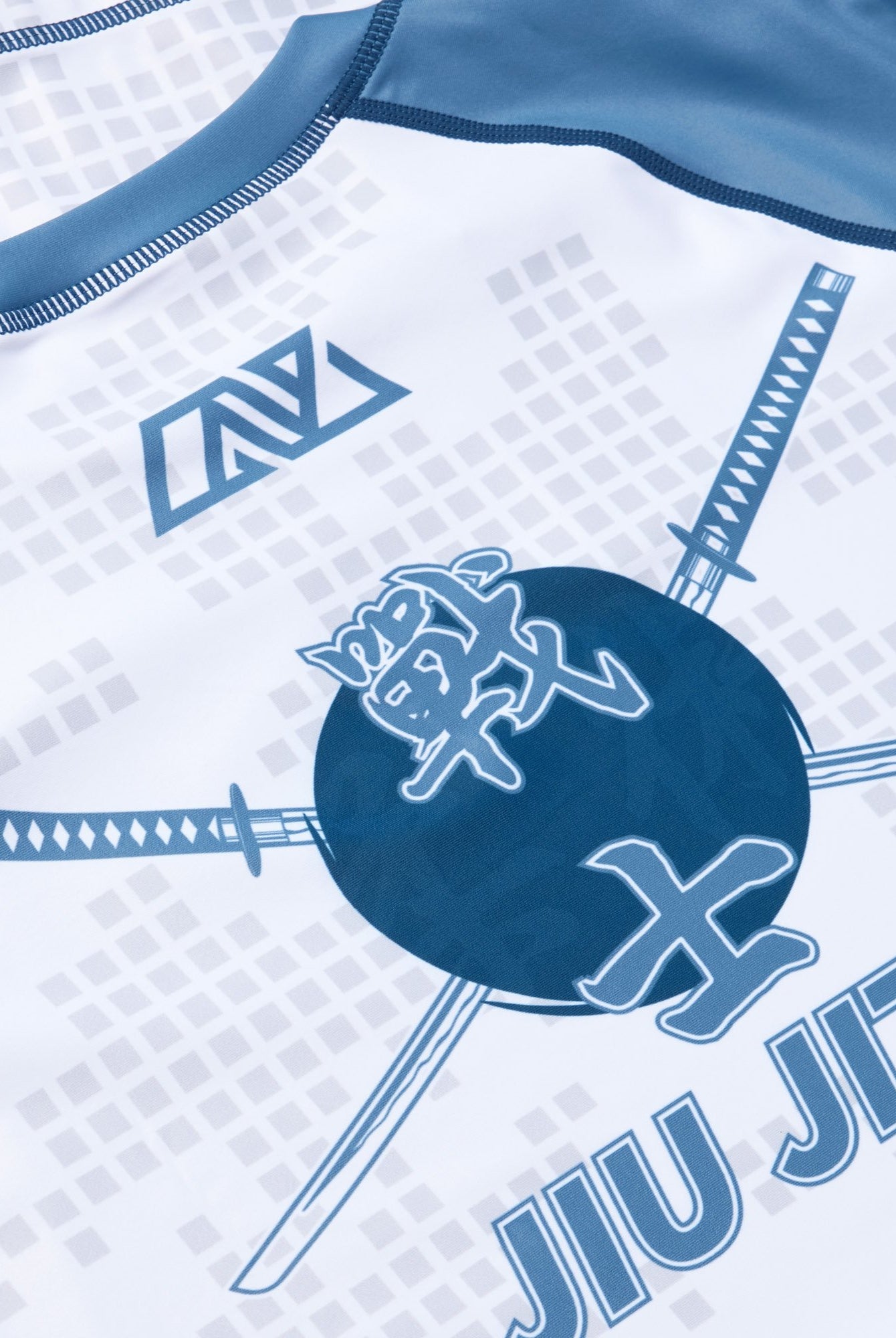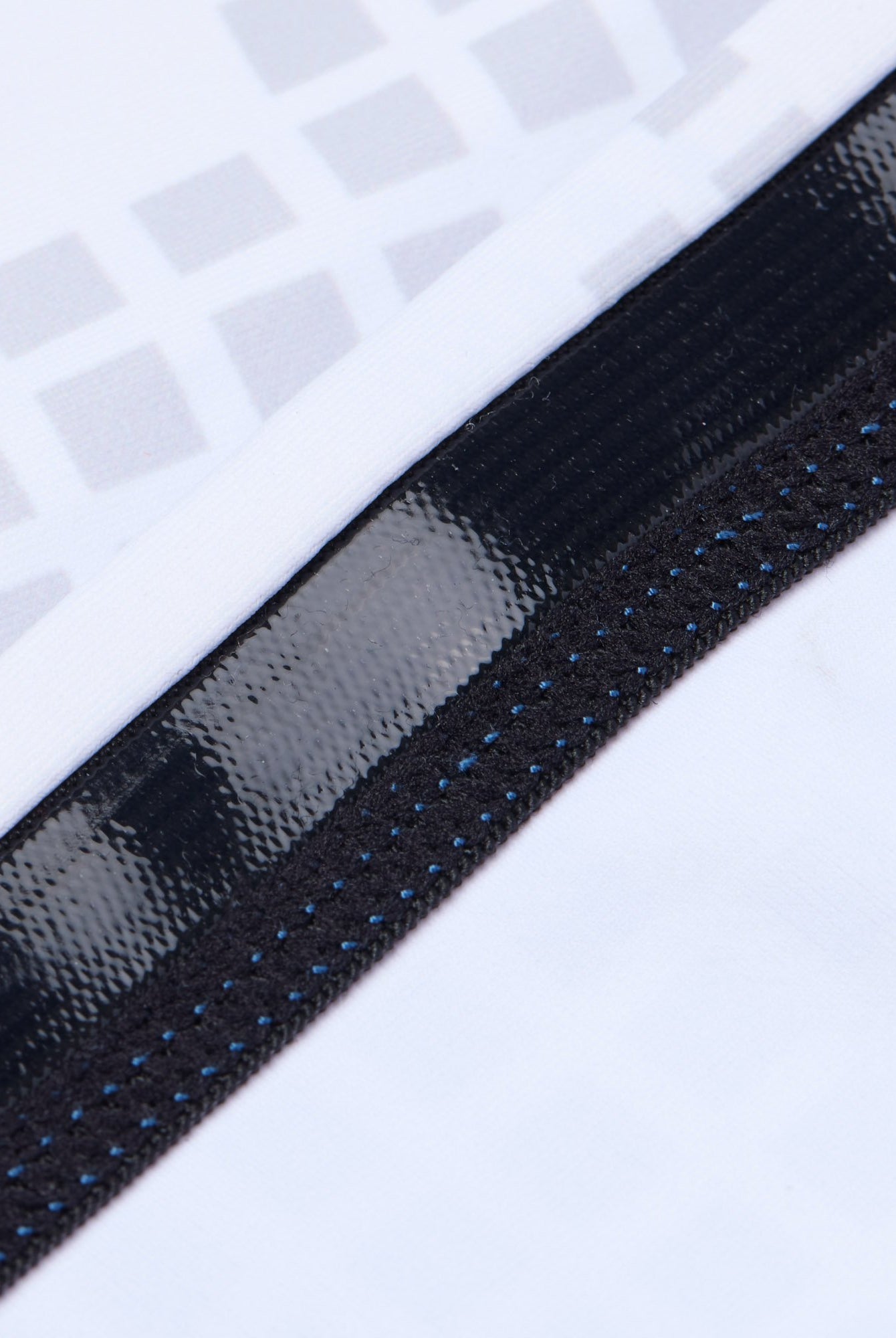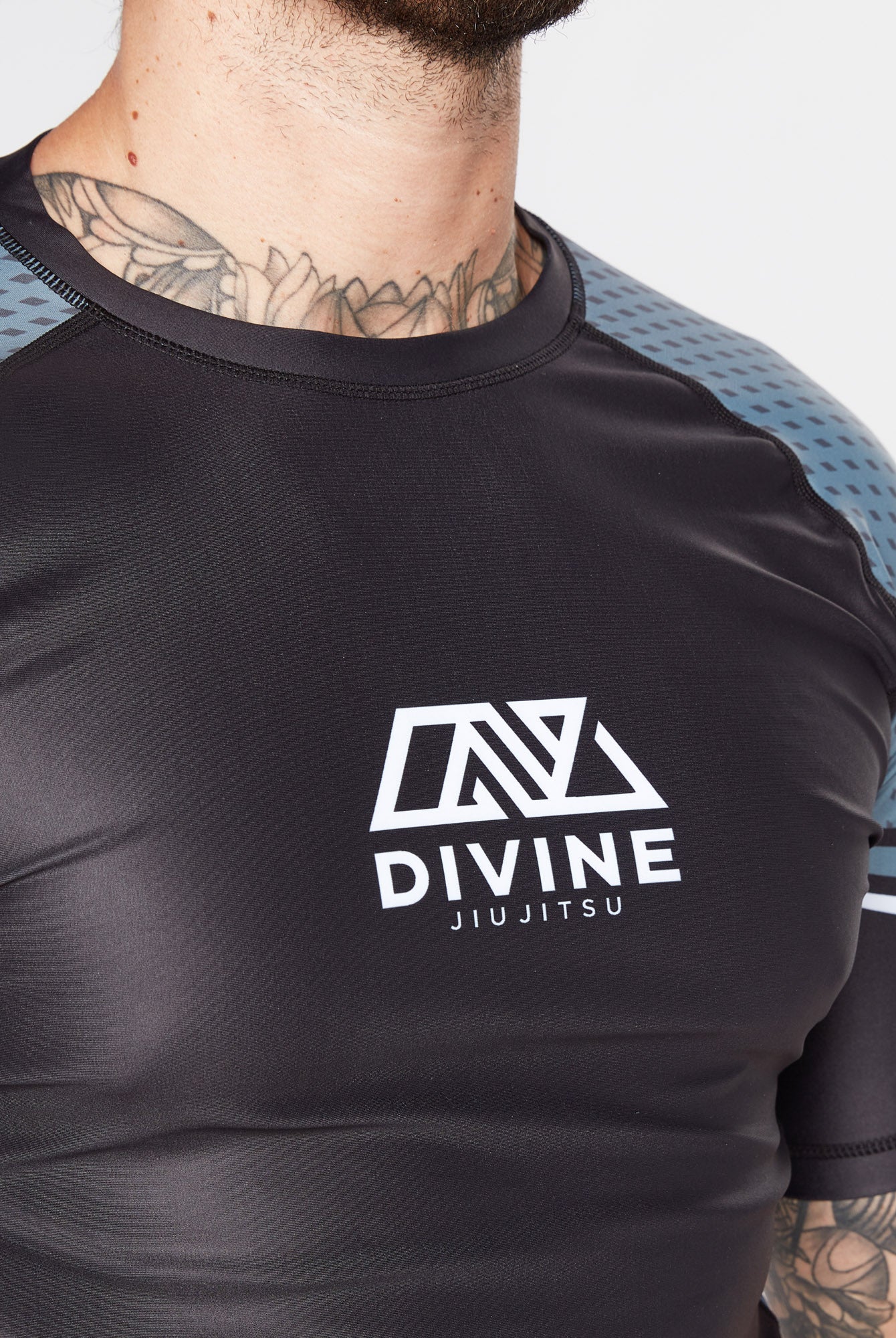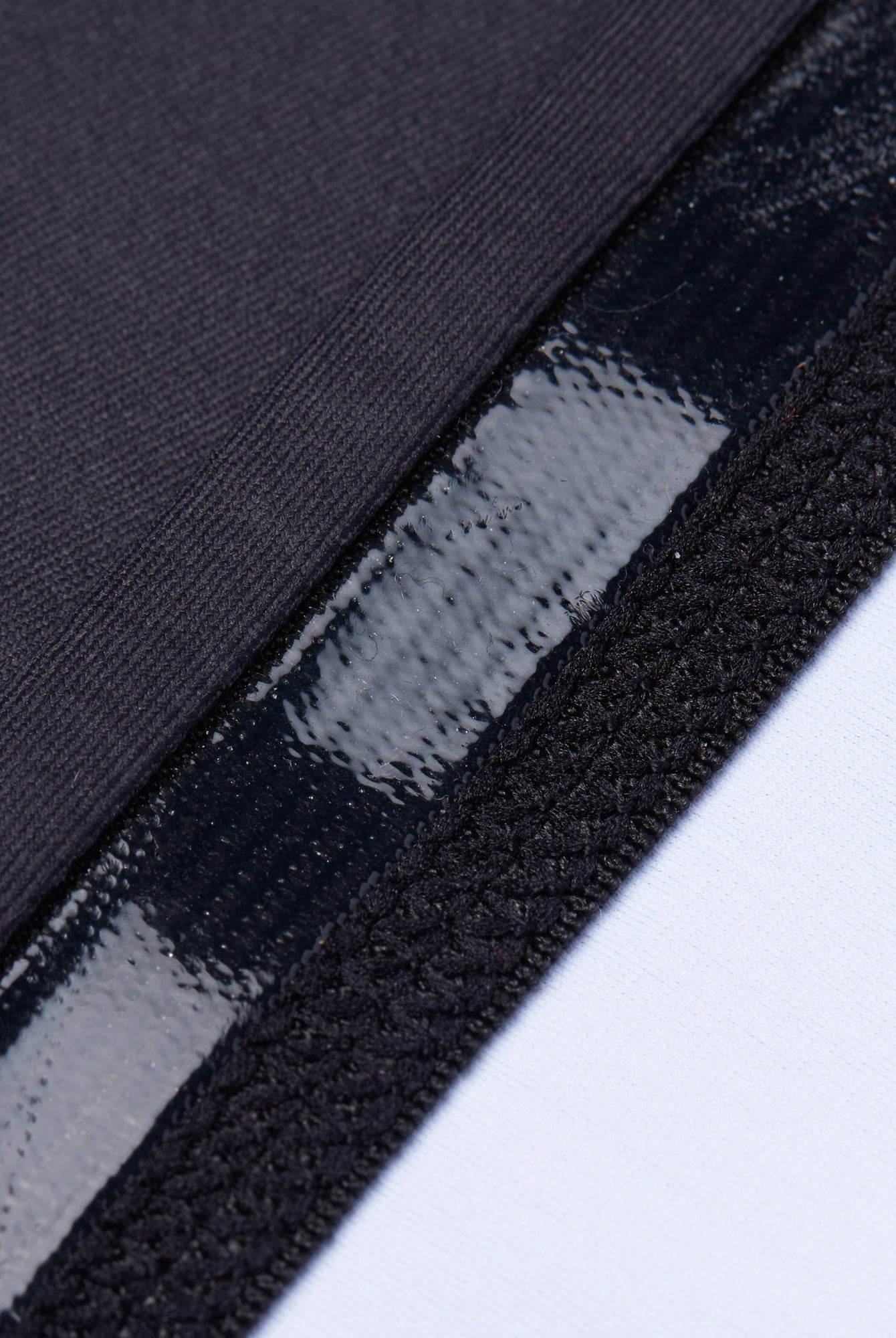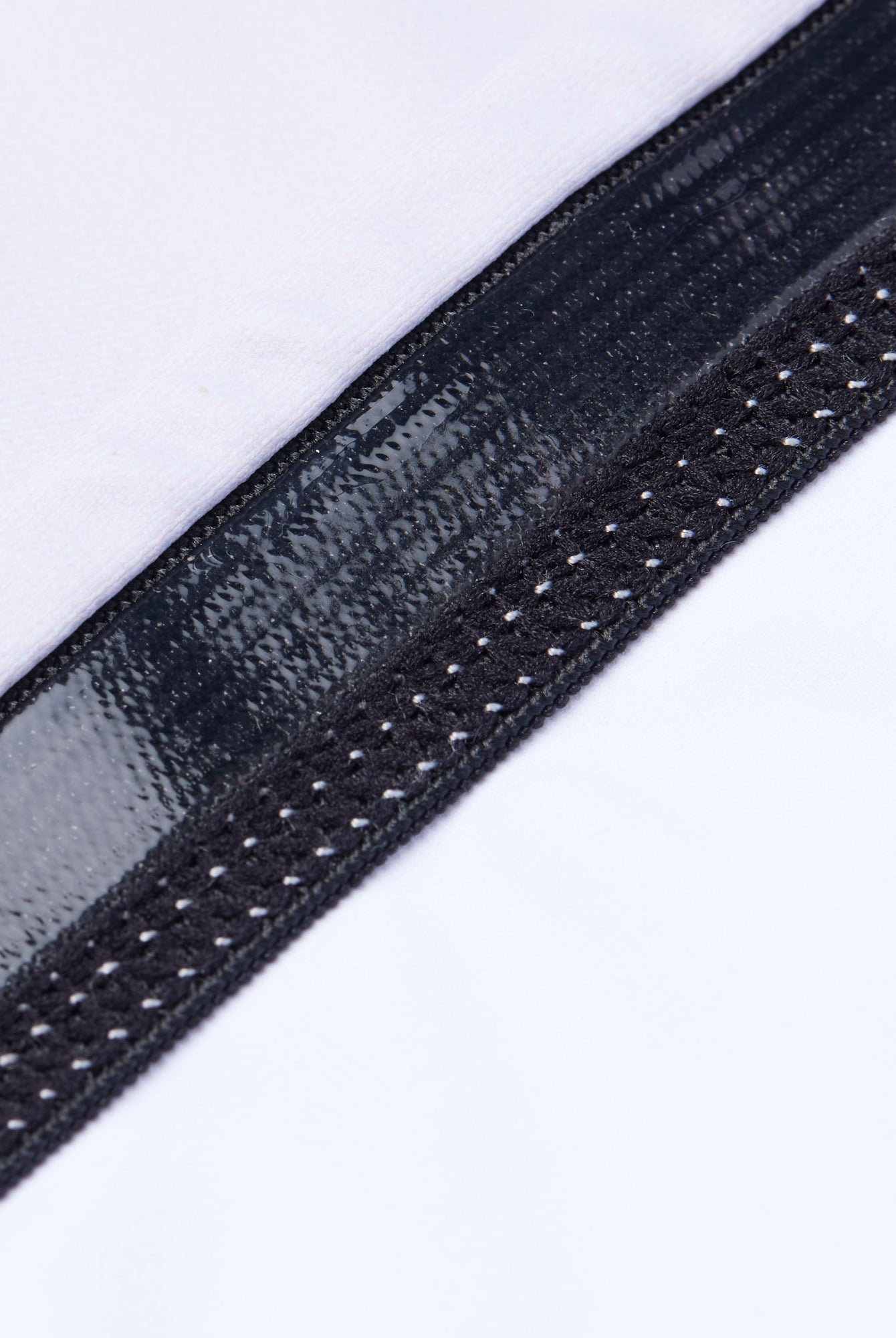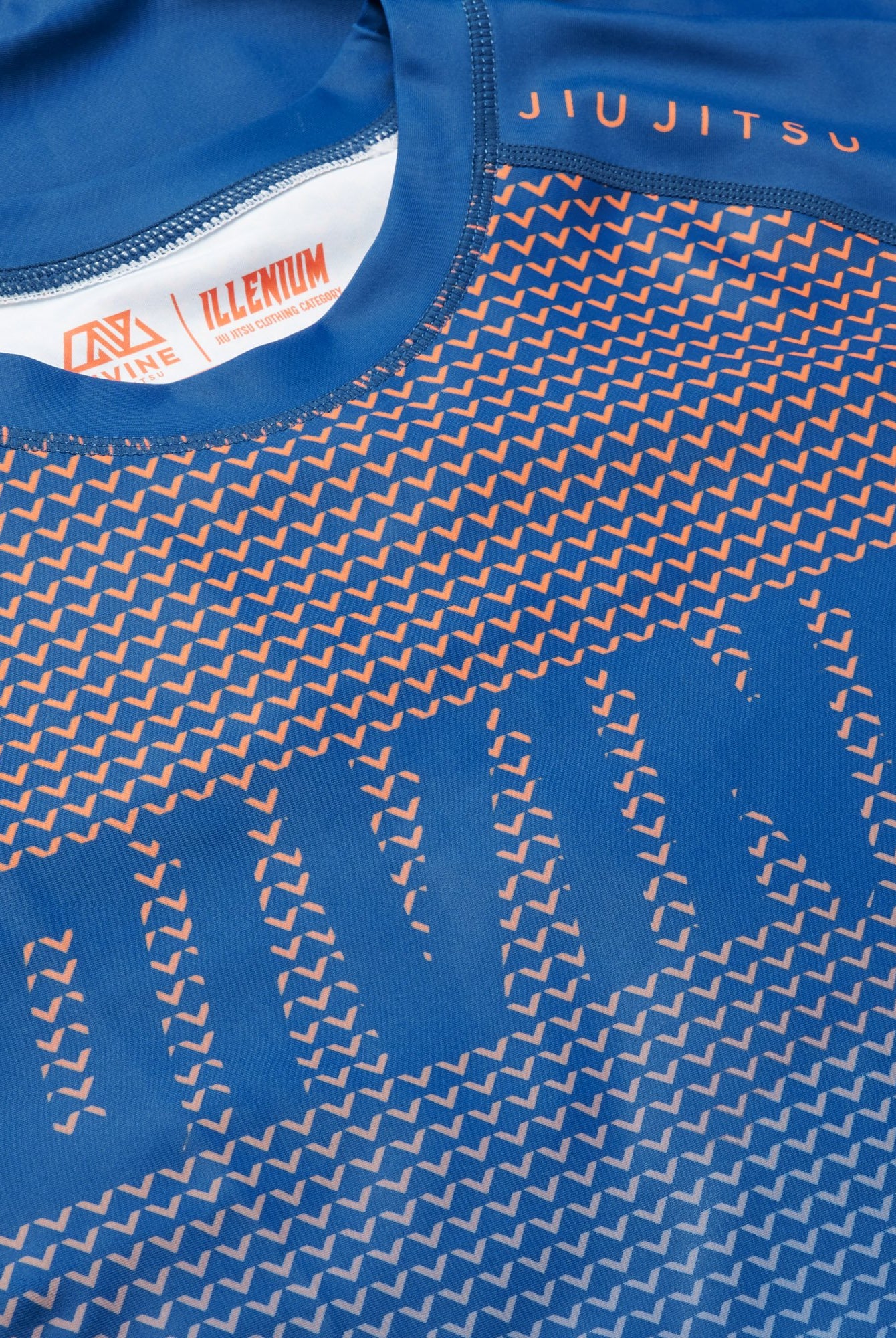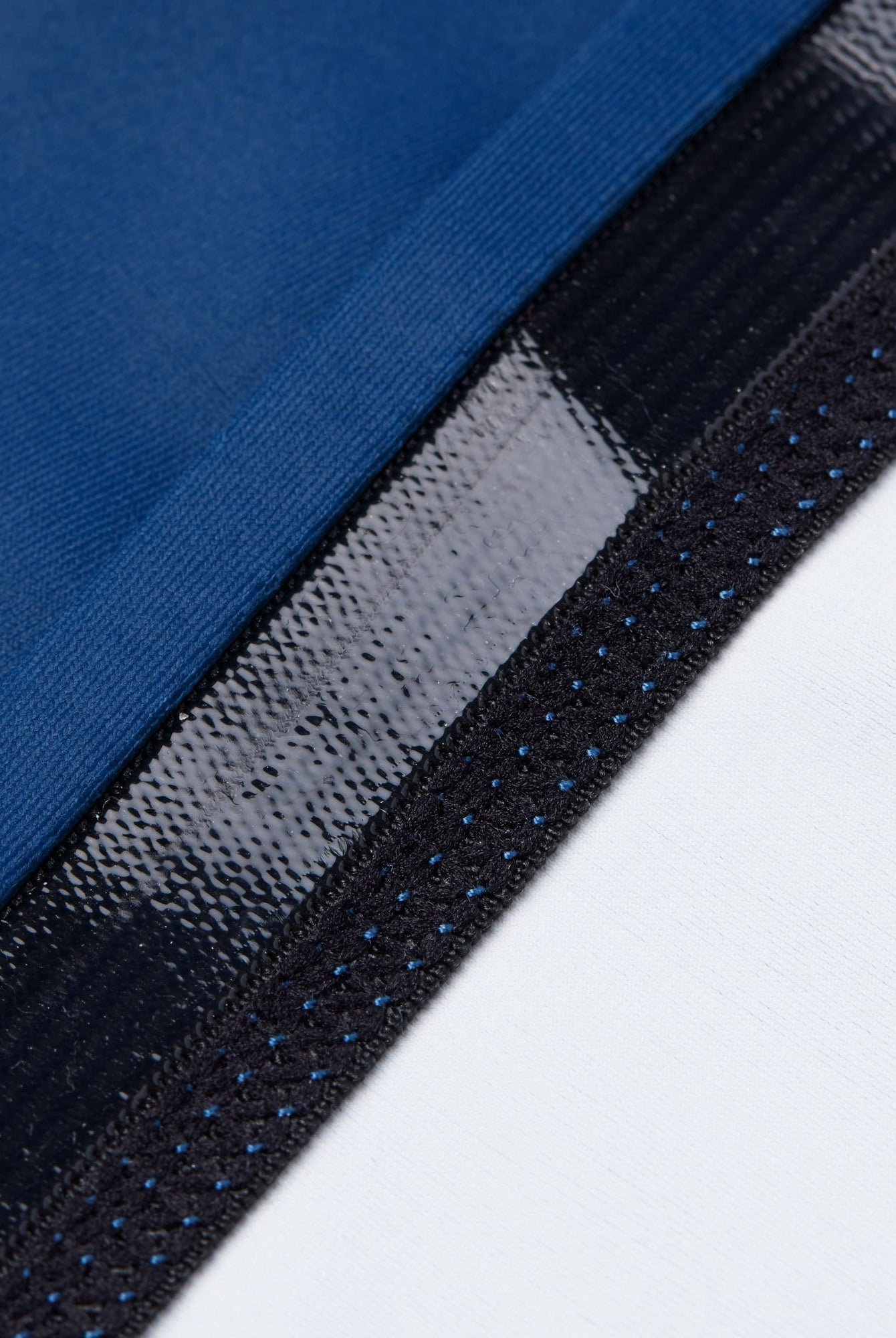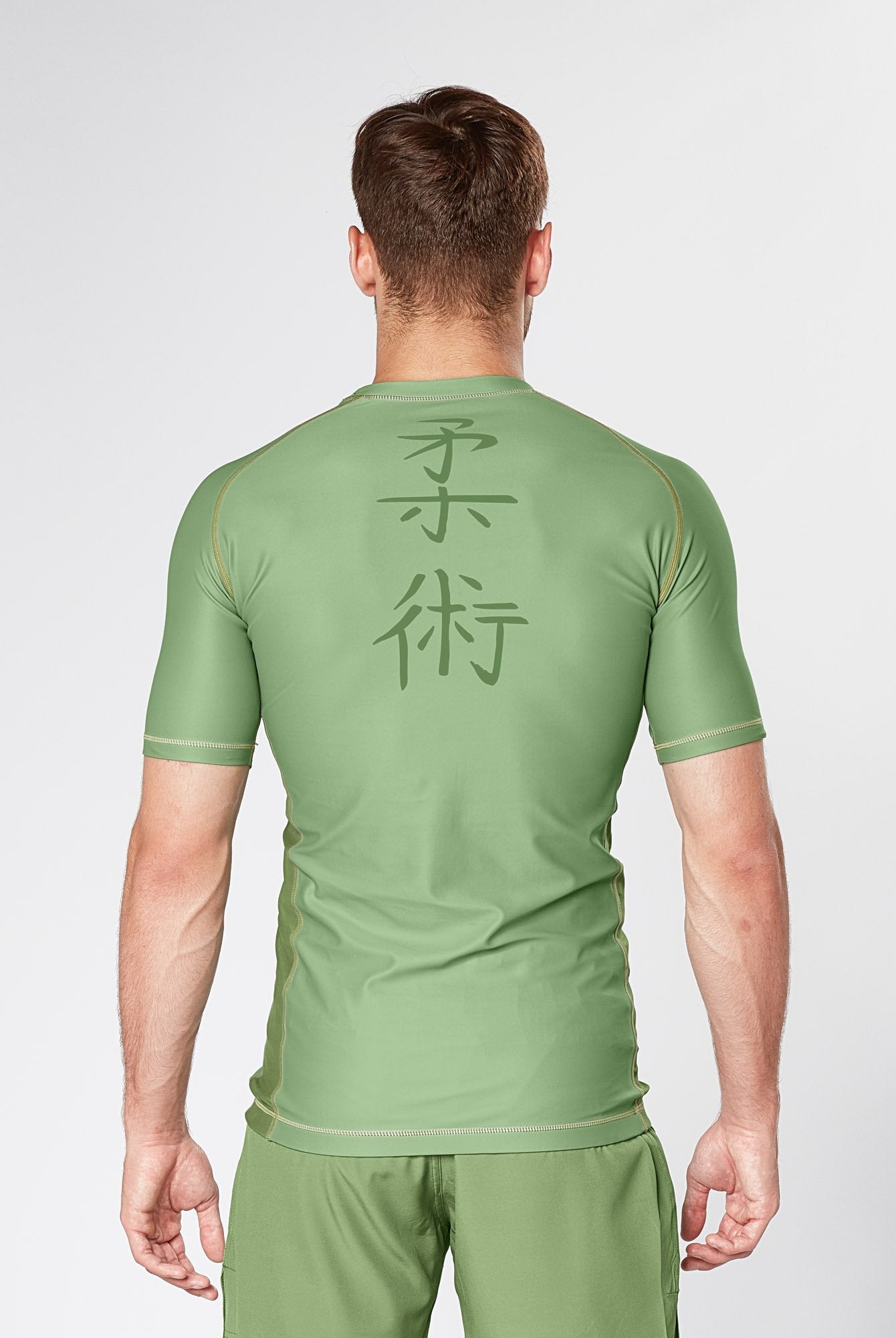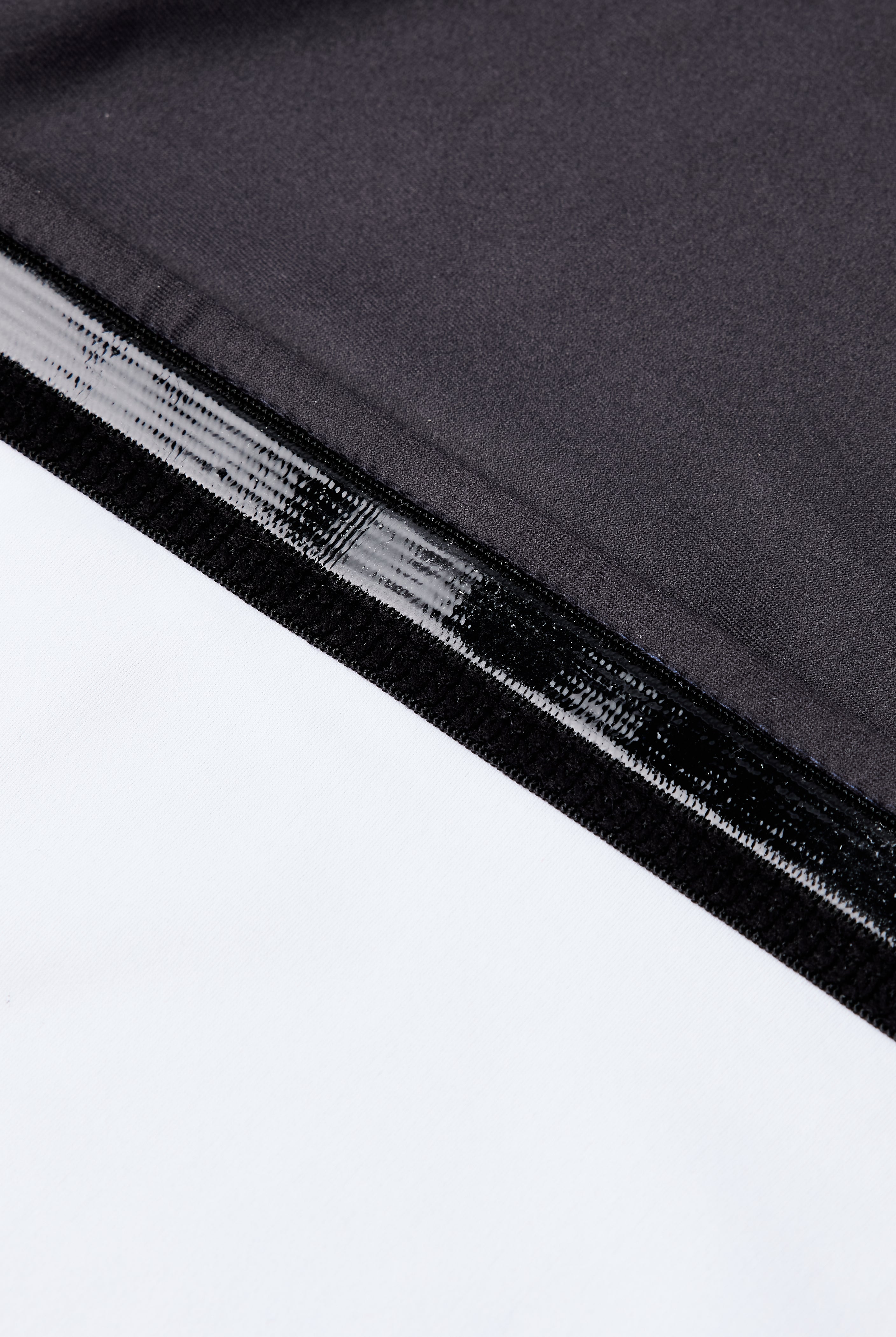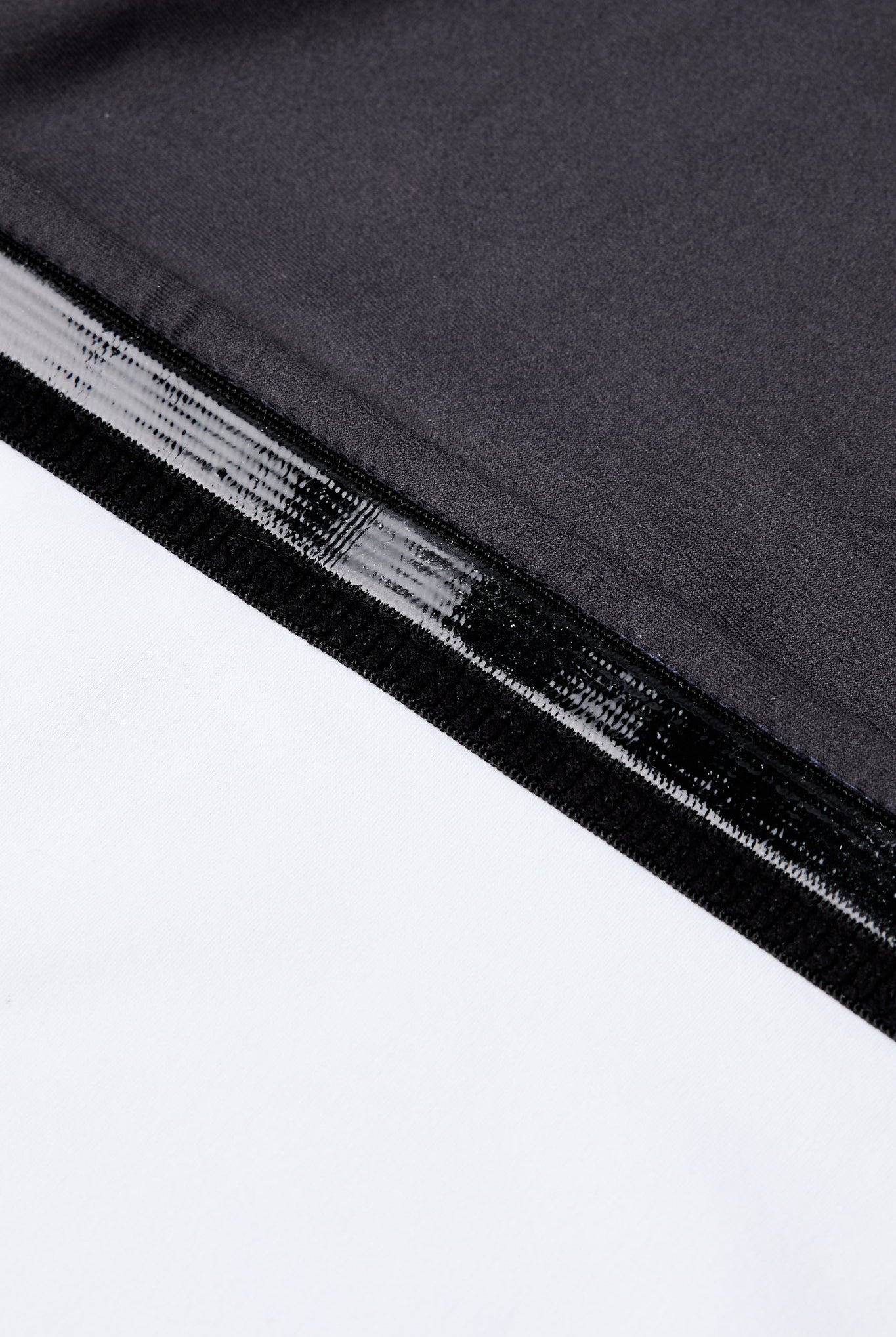Understanding the Risks and Prevention

Cauliflower ear is a common concern among practitioners of Brazilian Jiu-Jitsu (BJJ), but many wonder just how likely it is to develop this condition. The reality is that while BJJ can contribute to cauliflower ear, it is not an inevitable outcome for every athlete. Understanding the causes and preventive measures can help practitioners engage in their sport while minimizing the associated risks.
Cauliflower ear occurs when repeated trauma to the ear leads to a buildup of fluid and subsequent deformity. In BJJ, grappling, and positional control can create situations where the ear is subjected to pressure and friction. This highlights the importance of proper techniques and protective gear to safeguard against potential injuries.
For those passionate about BJJ, knowing the risks allows them to take proactive steps to protect their health. By staying informed and prepared, they can enjoy their training while reducing the chance of developing this distinctive ear condition.
Understanding Cauliflower Ear
Cauliflower ear is a common condition among athletes in contact sports, particularly those who experience repeated trauma to the outer ear. It involves specific changes to the ear's structure caused by injuries. The following subsections detail the definition, causes, and its occurrence in combat sports.
Definition and Causes
Cauliflower ear is characterized by a deformity of the outer ear, resulting from trauma or damage to the cartilage. When the ear experiences blunt force, blood can accumulate between the cartilage and the skin. This collection of blood, known as a hematoma, disrupts blood supply to the cartilage.
If not treated properly, the damage can lead to fibrosis and the development of a bumpy, hardened appearance. Conditions like ear infections can also contribute to cauliflower ear, but repetitive injury remains the primary cause. Immediate treatment is essential to prevent permanent changes, which can include surgical intervention if left untreated.
Occurrence in Combat Sports
Cauliflower ear is notably prevalent in combat sports, including Brazilian Jiu-Jitsu (BJJ). Athletes frequently engage in grappling and striking, which puts them at risk for ear trauma. The close contact and the risk of impact contribute greatly to the occurrence of this condition.
In BJJ, fighters often find themselves in positions where the ear is subjected to pressure and friction against mats or opponents. According to anecdotal reports, it is not uncommon for practitioners to develop cauliflower ear after a few months of training. Preventive measures, such as wearing protective headgear during sparring, can significantly reduce the risk of developing this condition.
BJJ and the Risks of Ear Trauma
Brazilian Jiu-Jitsu (BJJ) presents unique risks for ear trauma, primarily due to the close-contact nature of its techniques. Practitioners often engage in grappling, where the ears can be subjected to pulling, twisting, and impacts.
Mechanics of Injury in BJJ
In BJJ, ear trauma commonly occurs from direct contact or friction during grappling. The following factors contribute to injury:
-
Pressure and Shearing Forces: When a practitioner is pinned or repositioned, the ear can experience significant force. This pressure can separate the cartilage from the skin, leading to fluid accumulation.
-
Friction Against Mats: As fighters move on the mats, the close-quarters nature often causes the ear to rub against the surface. Continuous friction may lead to abrasions and, in severe cases, contribute to cauliflower ear development.
Understanding the mechanics of these injuries is crucial for practitioners to identify and mitigate potential risks while training.
Prevalence Among BJJ Practitioners
Research indicates that ear injuries, including cauliflower ear, are relatively common among BJJ practitioners. The following points highlight this prevalence:
-
Incidence Rates: Studies show that up to 40% of BJJ fighters may experience some degree of ear trauma during their training careers.
-
Cumulative Risk: The risk of ear injury increases with training frequency and duration. Those who train consistently over time are more susceptible to developing conditions like cauliflower ear.
-
Injury management: Proper techniques and protective gear, such as headgear, can reduce the likelihood of ear injuries. Practitioners are encouraged to take preventive measures to avoid this painful and often permanent condition.
Prevention Strategies
Preventing cauliflower ear in Brazilian Jiu-Jitsu involves using protective gear and maintaining awareness of proper techniques during training. Implementing these strategies can significantly reduce the risk of ear injuries.
Protective Gear
Wearing appropriate protective gear is essential for minimizing the risk of cauliflower ear. Headgear designed specifically for grappling sports can provide a significant barrier against impacts. Look for gear that has thick padding around the ears to absorb shock and prevent friction.
Grapplers should consider using:
- Ear Guards: These cover the ears and help shield them from direct blows.
- Mouthguards: While primarily for teeth protection, they can stabilize head positioning, indirectly helping to protect the ears.
It is crucial for athletes to ensure that their gear fits properly. Ill-fitting equipment may slip during practice, leaving ears vulnerable to injury. Regularly checking and maintaining gear quality is key to effective protection.
Technique and Awareness
Proper technique and body awareness are vital in preventing ear injuries during training. Grapplers should focus on maintaining their head position to avoid excessive pressure on the ears. Being mindful of positioning during takedowns and scrambles can help reduce accidental impacts.
Training partners should also be aware of their movements. Practicing gentle sparring allows athletes to hone techniques without applying excessive force. Coaches can assist by emphasizing safe practices during drills and sparring sessions.
Moreover, recognizing when an injury might be occurring is important. If trainees feel discomfort or notice changes in ear appearance, they should take a break and assess the situation. Being proactive about injury management plays a crucial role in long-term health and performance.
Treatment and Management
Addressing cauliflower ear promptly is essential to minimize long-term complications. Treatment involves immediate care and may require medical intervention. Understanding long-term outcomes can guide effective management strategies.
Initial Care
Immediate management of cauliflower ear focuses on reducing swelling and preventing further injury. Applying ice packs to the affected area can help. Ice should be applied for 15-20 minutes every hour during the initial phase.
Elevation of the head during rest can also reduce swelling. Avoiding pressure on the ear is crucial. If a collection of fluid develops, a healthcare professional should drain it to prevent hardening, which occurs if left untreated.
Medical Intervention
If initial care does not alleviate symptoms or fluid accumulation persists, seeking medical assistance is necessary. A doctor may perform an aspiration procedure to remove fluid. They might use a sterile needle to draw out the fluid and relieve pressure.
In some cases, the use of compression bandages may be recommended after drainage. Surgery could be an option if there are significant deformities or other complications. Proper follow-up care prevents recurrence and ensures proper healing.
Long-Term Outcomes
Without proper treatment, cauliflower ear can lead to permanent deformities and chronic pain. Long-term consequences may include decreased hearing or structural changes in the ear.
Regular monitoring and follow-up appointments can mitigate these risks. Adopting protective ear gear during activities like Brazilian Jiu-Jitsu is advisable for those with a history of cauliflower ear. This proactive approach can significantly reduce the chances of recurrence.










